There’s a little AA Relay sticker next to where the tax disc would have been. Unfortunately, any successful bidder on this barn-find is going to need more than a flatbed truck and a high-vis vest to return this rusted-out Lamborghini Espada to the road. Forget the fourth emergency service, you’re going to require a boot-full of brave pills.
Opening a piece on a supercar with a point about the boot might seem odd, but practicality and comfort were central to the appeal of the Espada. It was designed by Marcello Gandini of Carrozzeria Bertone at the request of Ferruccio Lamborghini, who saw the need for a four-seater GT car.

It arrived in 1968, exactly a year after the flamboyant and fabulous Lamborghini Marzal show car, described by Leonard Setright as “perhaps the most extravagant piece of virtuoso styling to have come out of Europe since the war”. The Marzal was famously driven by Prince Rainer of Monaco on a lap of honour prior to the 1967 Monte Carlo Grand Prix, but it remained a one-off.
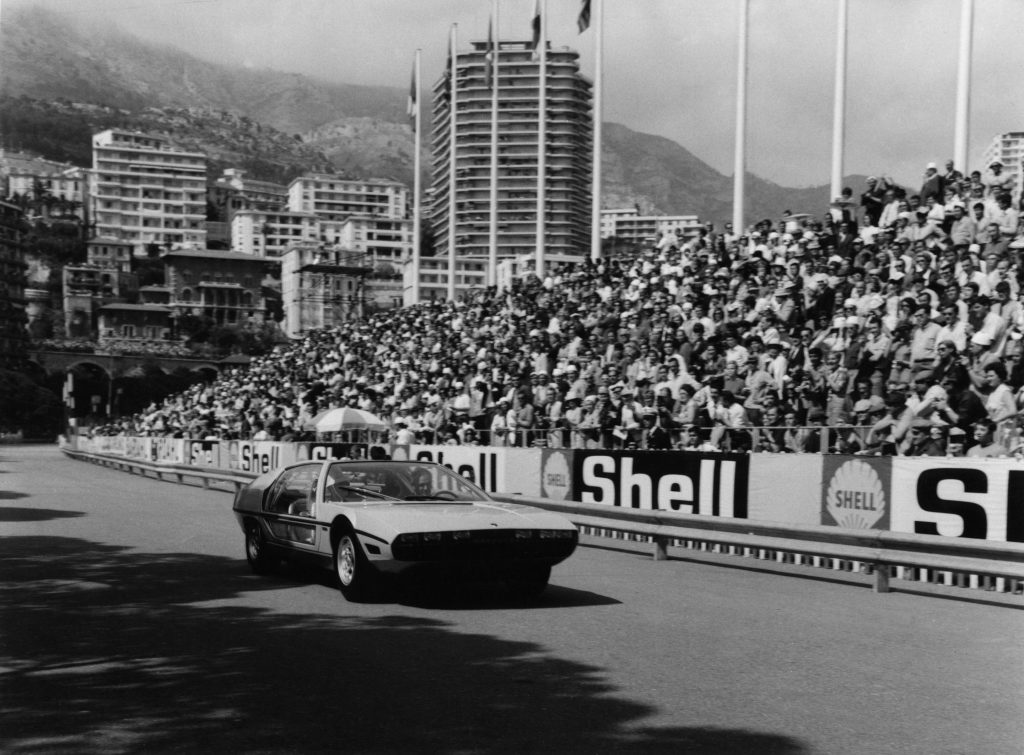
The Marzal wasn’t the only car to influence the Espada. At the 1967 London Motor Show, Bertone unveiled the Pirana, a show car commissioned by the Daily Telegraph. Once again, the styling was penned by Gandini, but the Pirana used the chassis and 4.2-litre engine from the Jaguar E-Type.
For the third year in a row, Lamborghini grabbed the headlines at the Geneva Motor Show. The Miura in 1966, the Marzal in 1967, then the Espada and Islero in 1968. In just 12 months, Lamborghini and Bertone had created two new cars, including a revolutionary grand tourer.
Power was sourced from Giotto Bizzarrini’s sublime 3929cc V12 engine producing 325bhp, which was enough to give the Espada a top speed of 150mph, catapulting its four occupants and their luggage to 60mph in just 6.5 seconds. Two years later, at the Brussels Motor Show, Lamborghini unveiled what we now refer to as a Series II edition (or 400 GTE), with power increased to 350bhp, a lower floor, larger brakes and a revised dashboard.
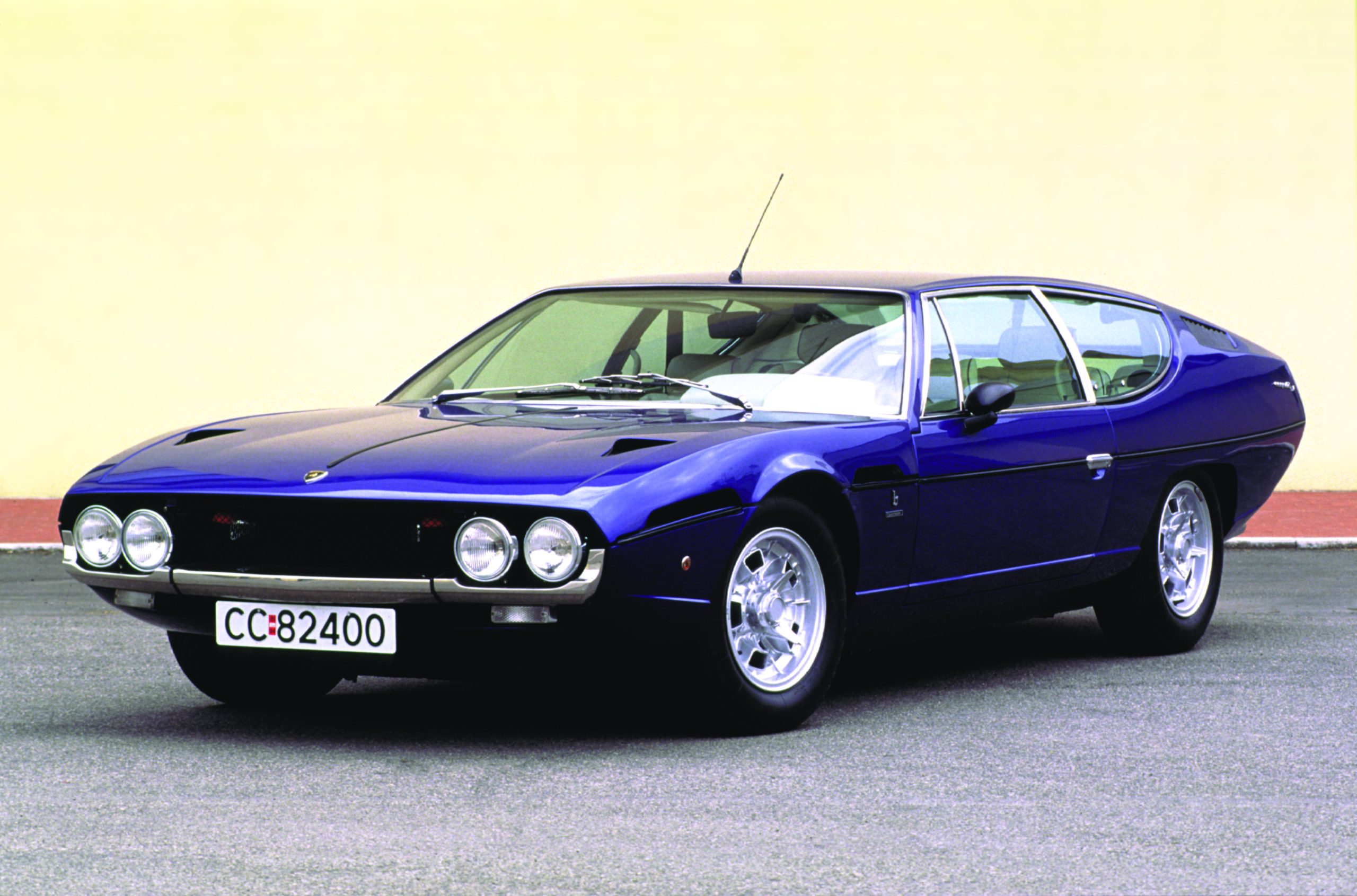
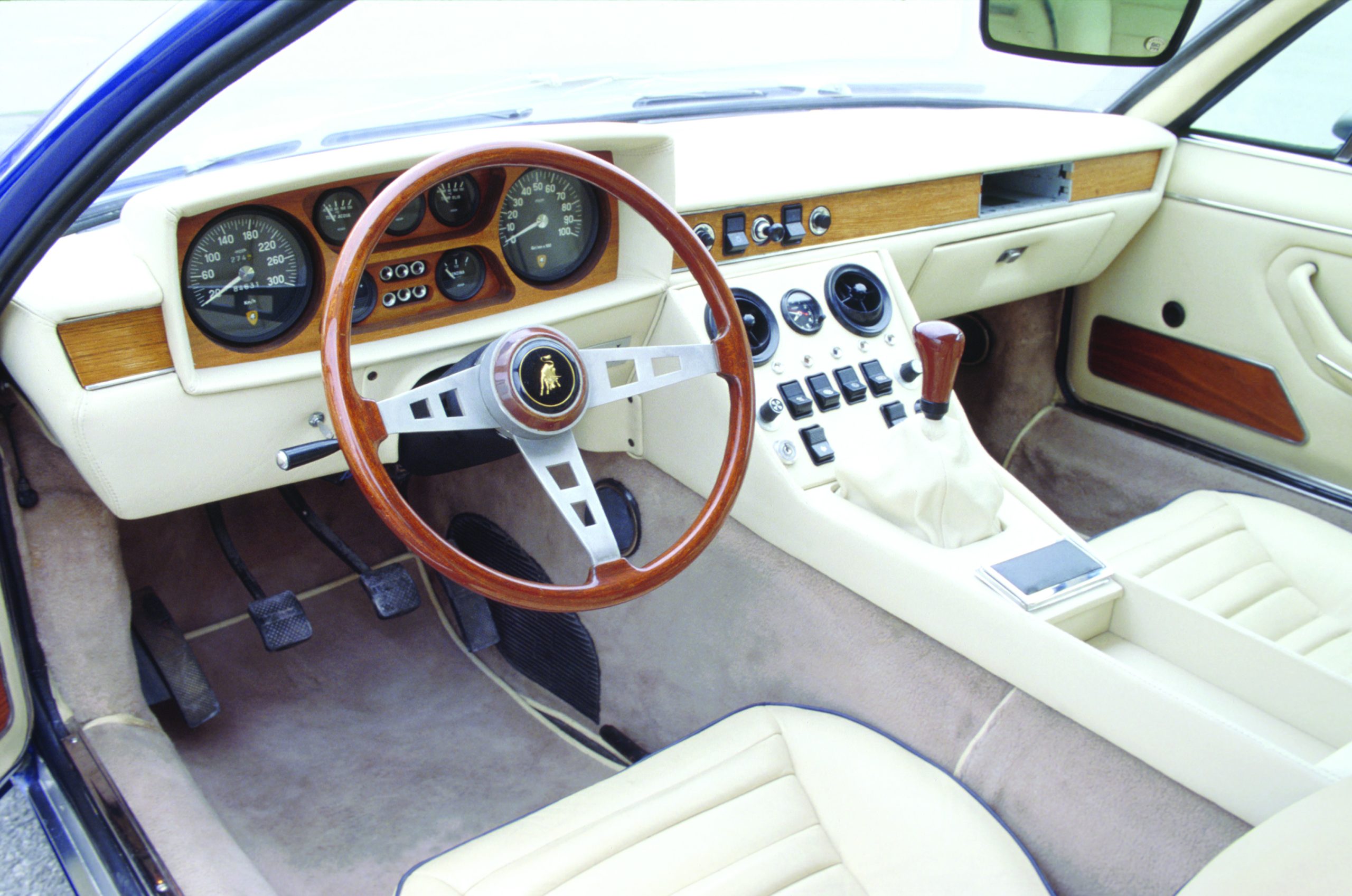
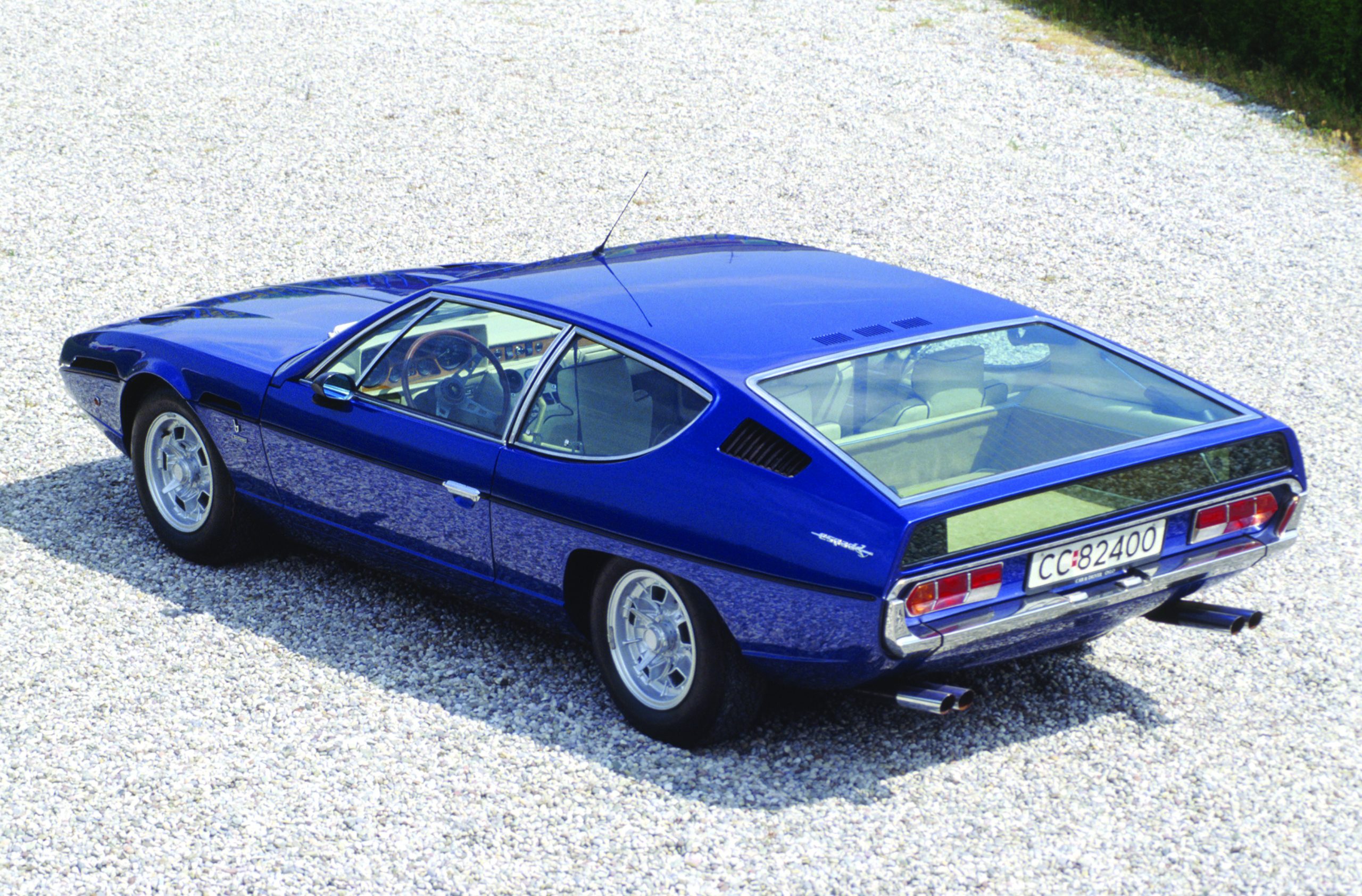
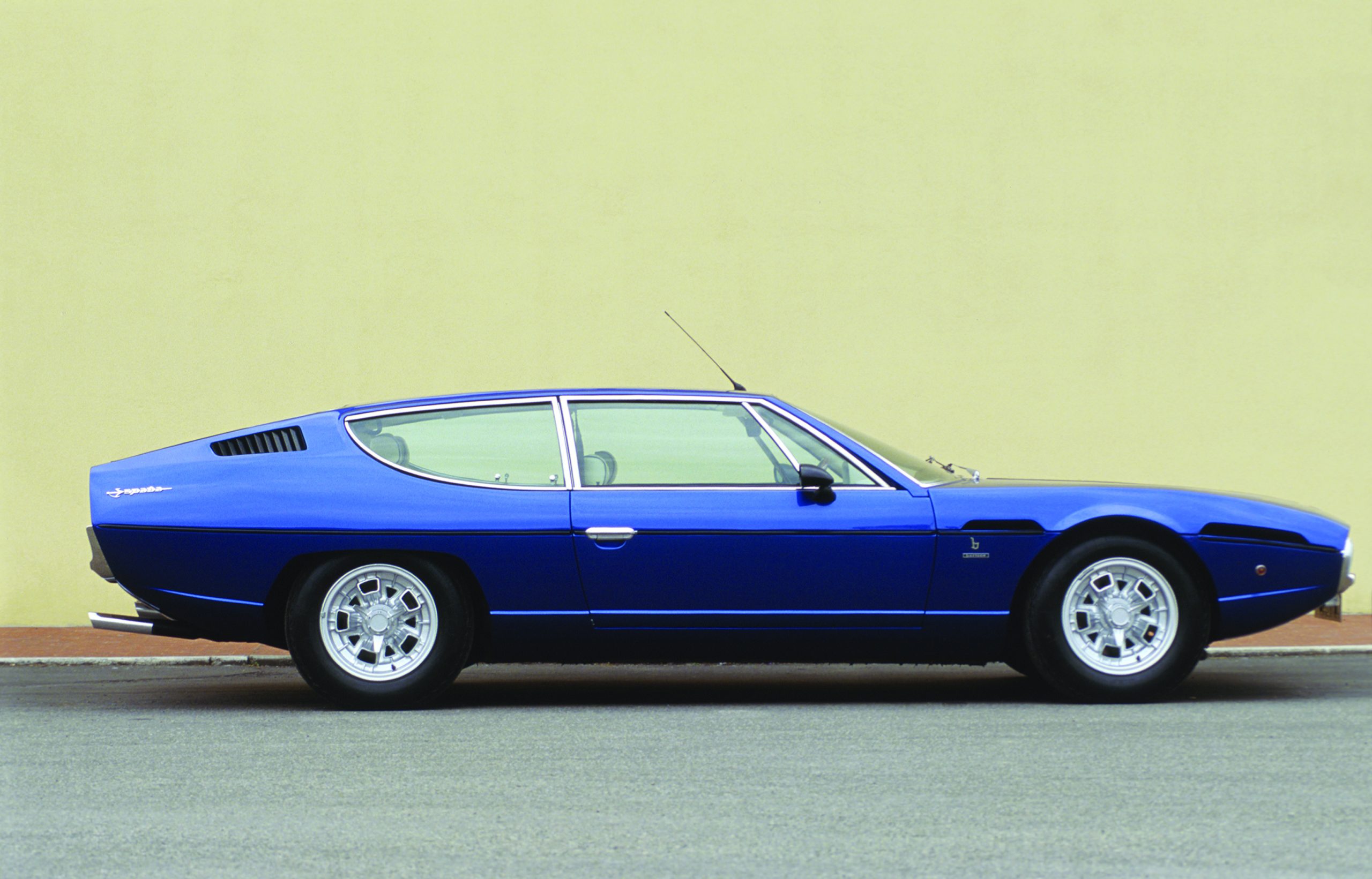
The Series III arrived in 1973, with power steering and air conditioning now fitted as standard, along with more interior changes and tweaked suspension. In 1976, CAR pitched an Espada III against a Jaguar XJS V12, an unlikely twin test given the difference in price. Just shy of £10,000 for the XJS and £16,000 for the Espada, or £60,000 and £96,000 in today’s money.
In conclusion, CAR said: “If money were no object we would not hesitate to snap up the Espada. One wonders, indeed, how a product as special as this one can be produced at any price.” High praise for a car in its eighth year of production, so it’s little wonder that it was, at the time, Lamborghini’s most successful model. A total of 1227 models had been built before production ceased in 1978.
While an Espada is unlikely to challenge a Miura or Countach for bedroom wall space, its importance to Lamborghini cannot be underestimated. If nothing else, it delivered financial stability throughout the 1970s and allowed it to play with the kind of cars you did want to stick on your wall. In some ways, the Espada was to Lamborghini in the 1970s what the Urus is to the company today.
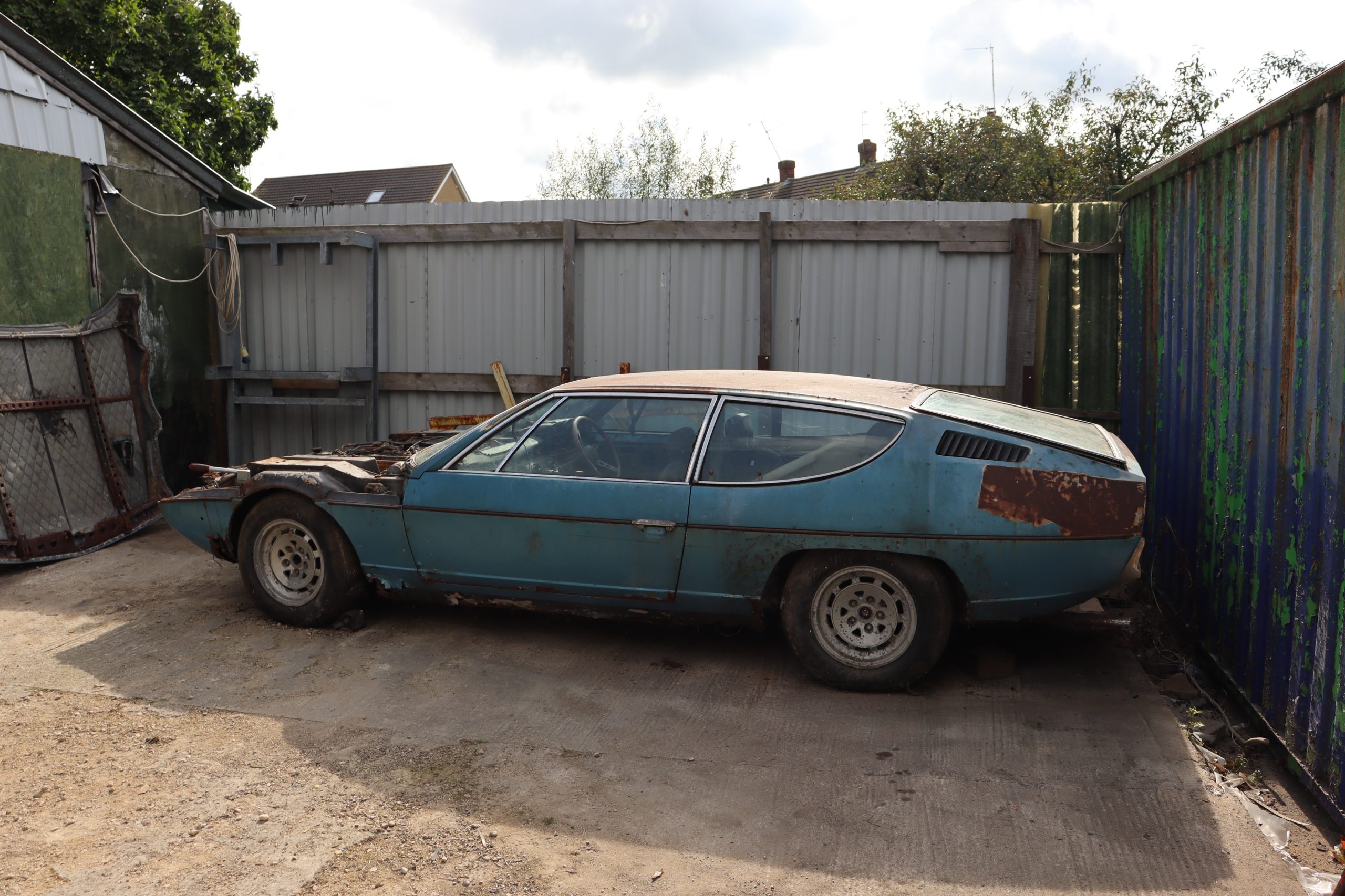
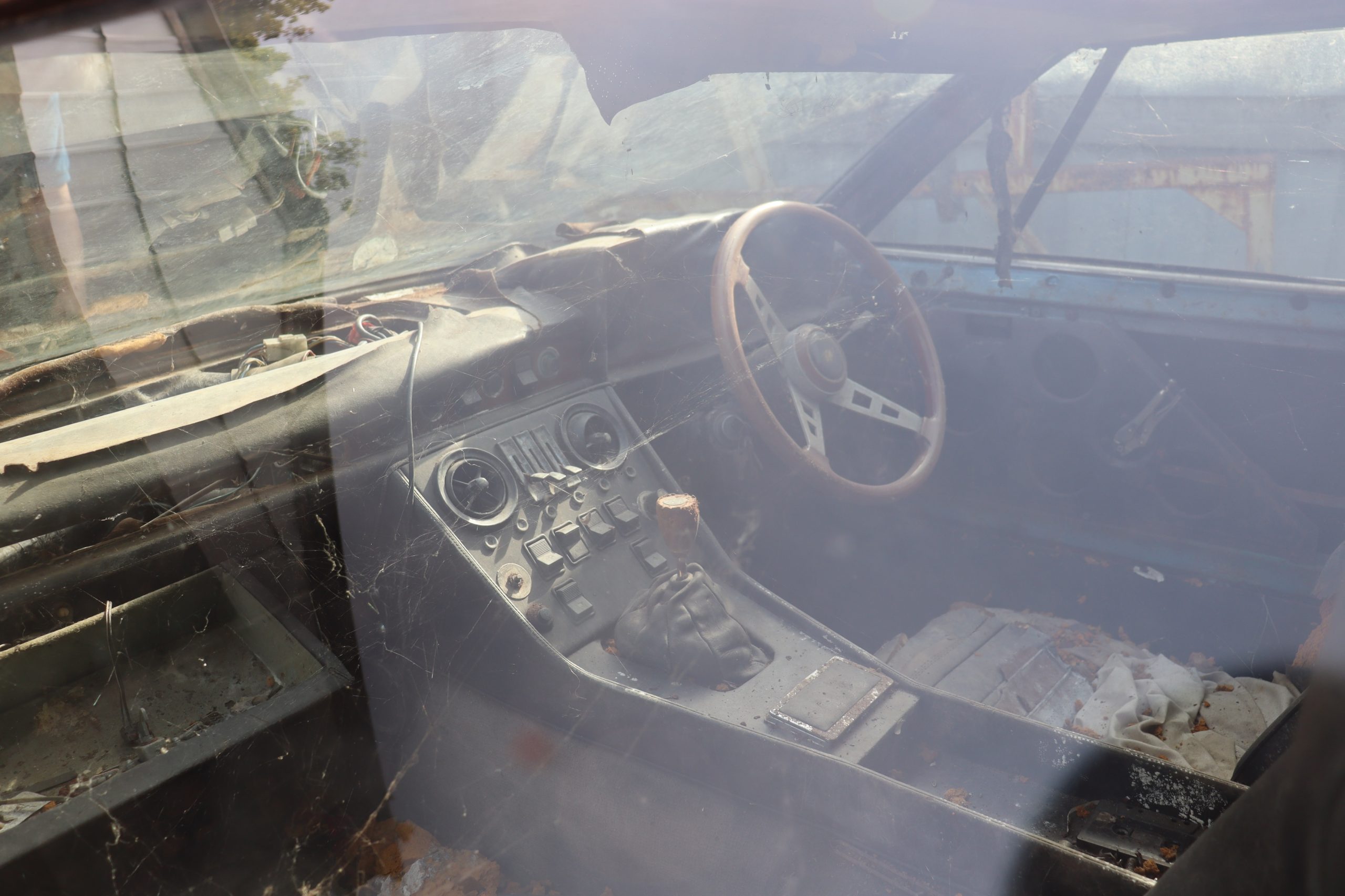
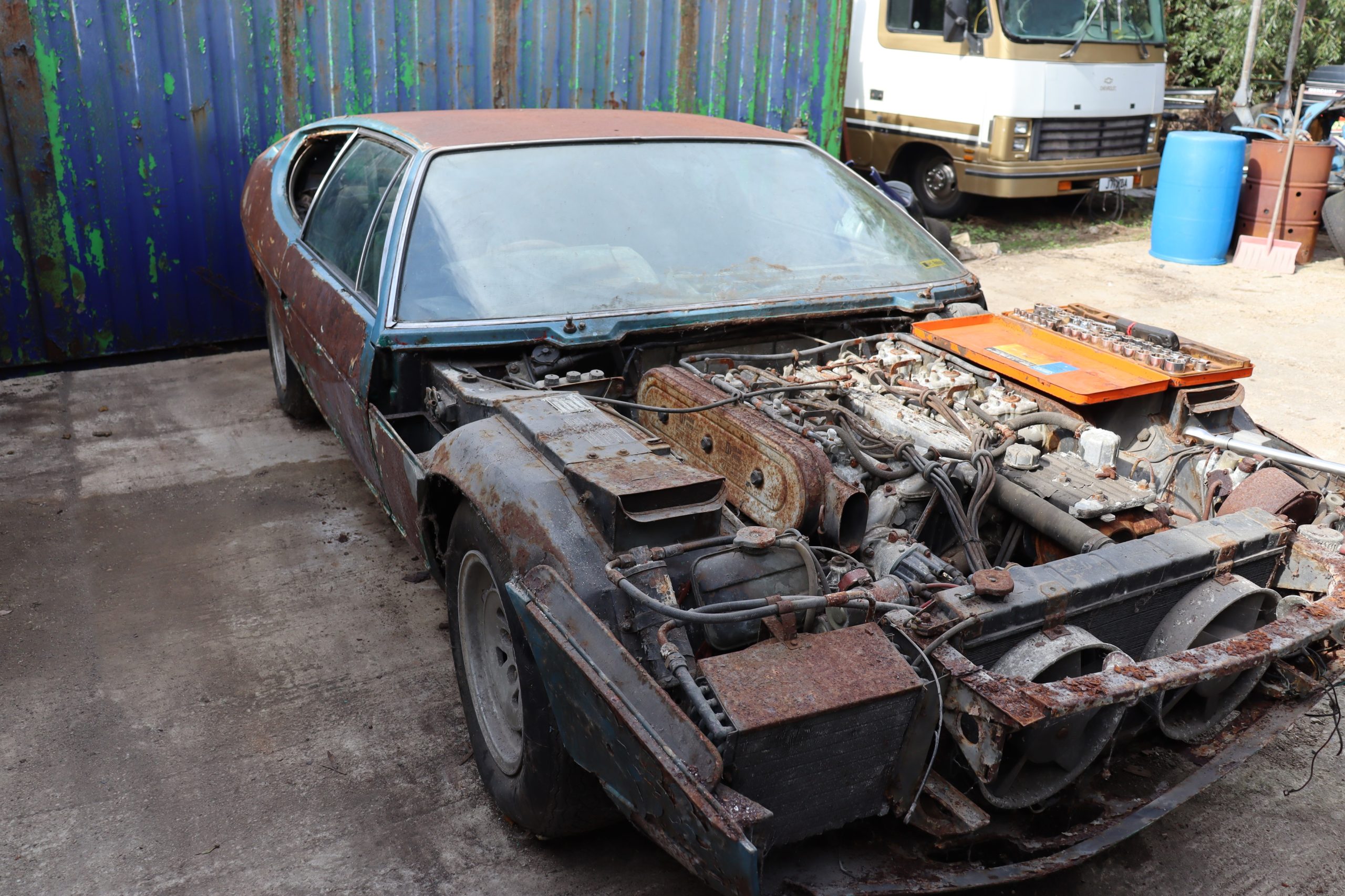
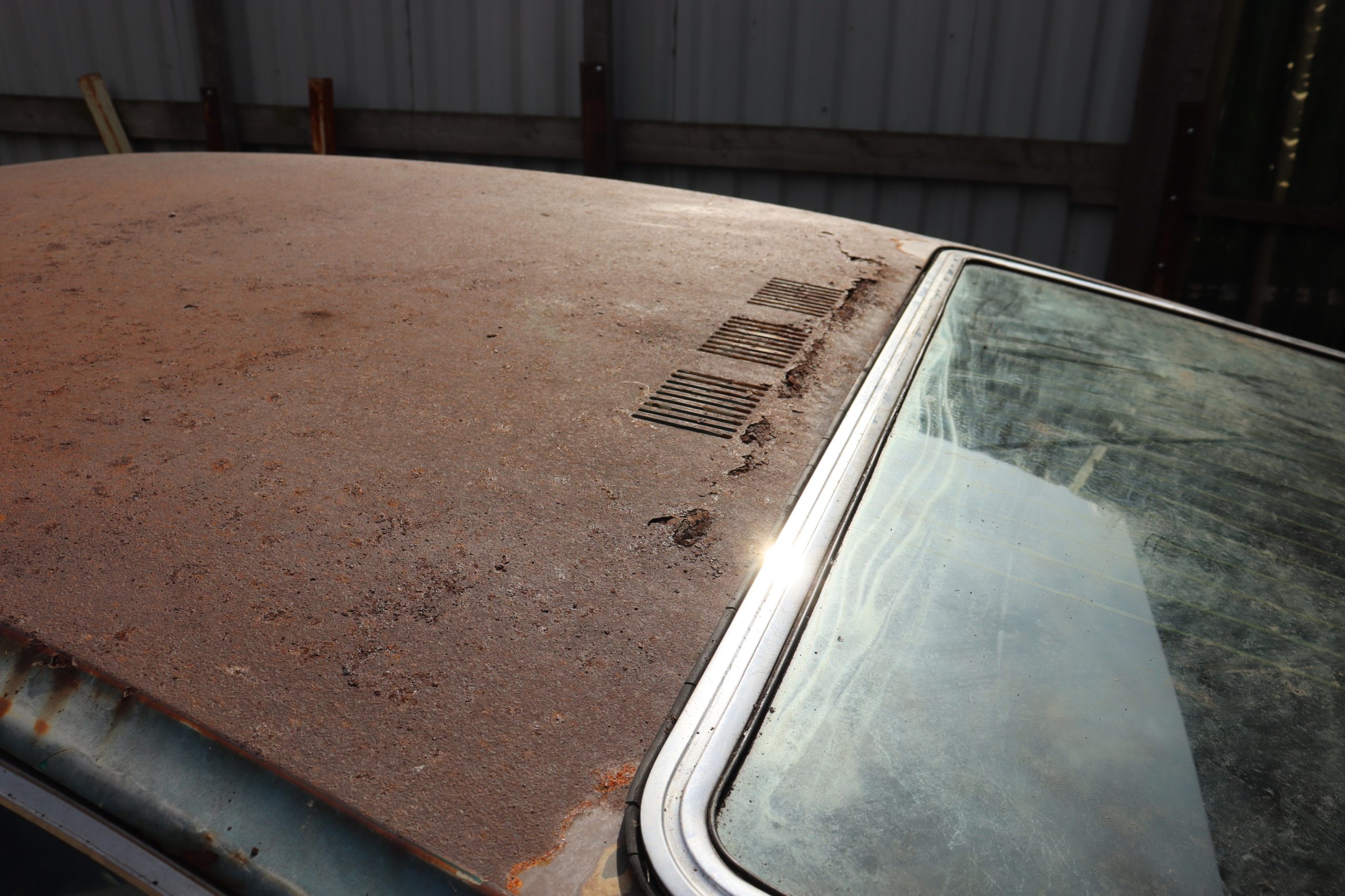
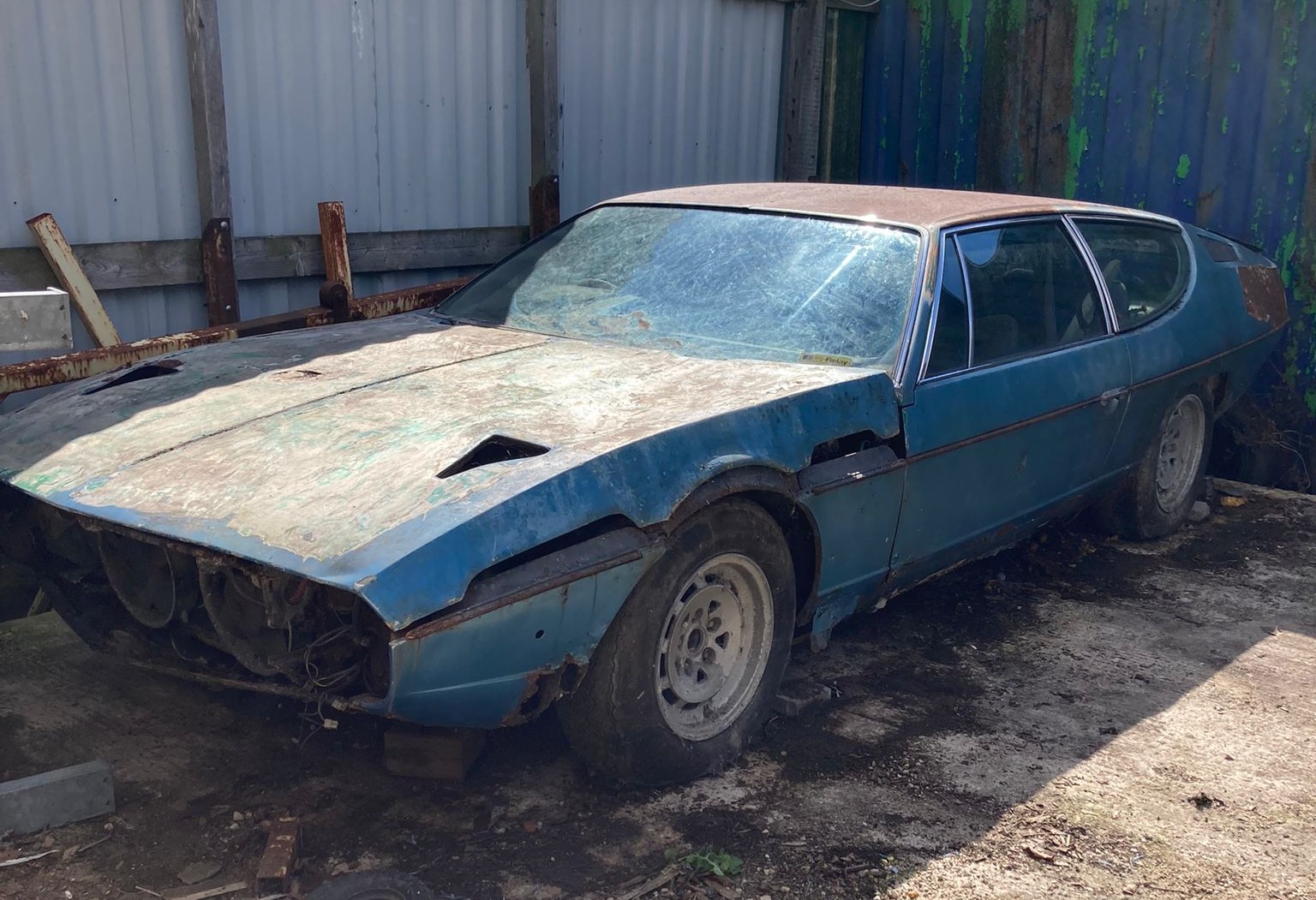
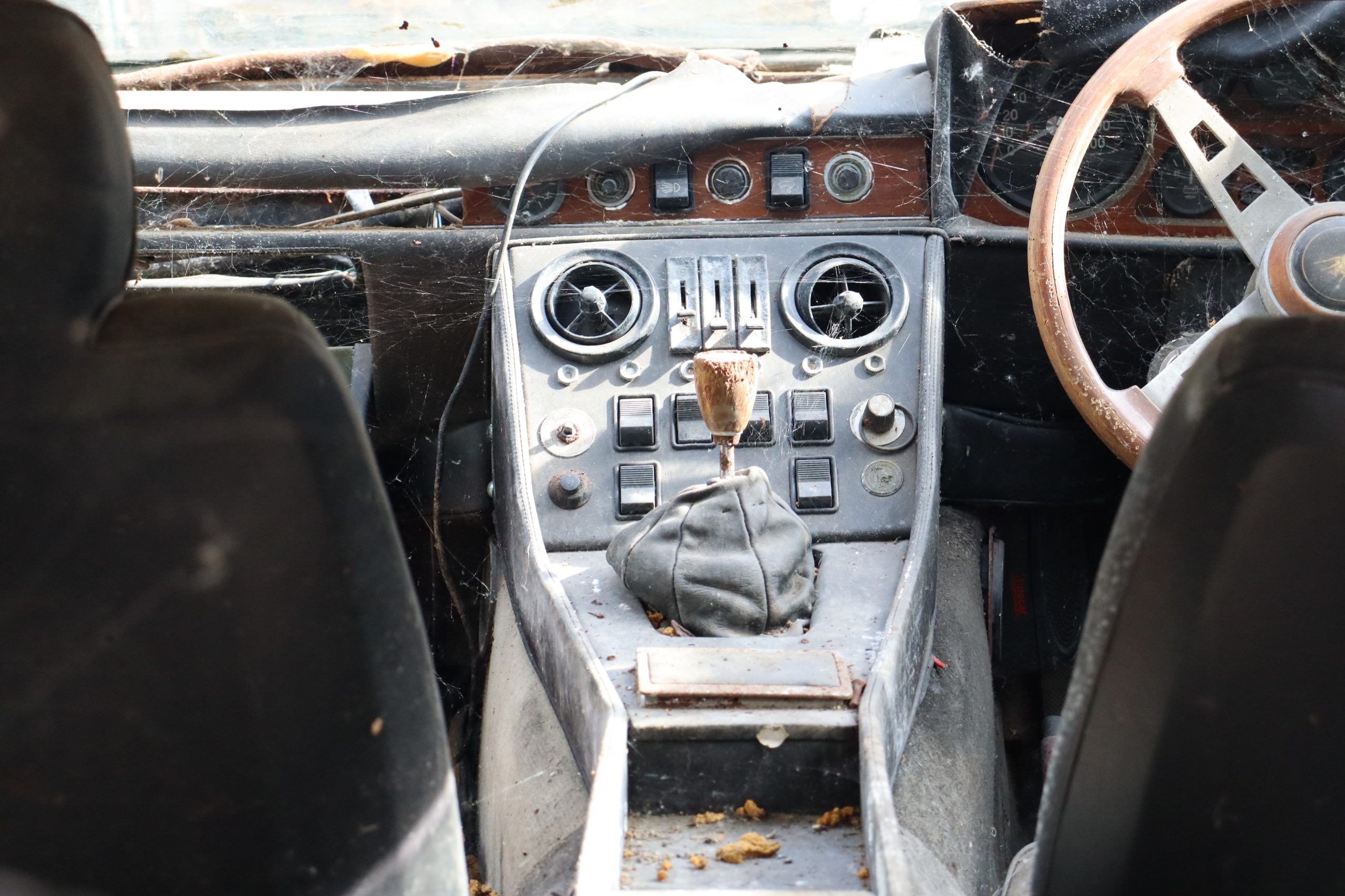
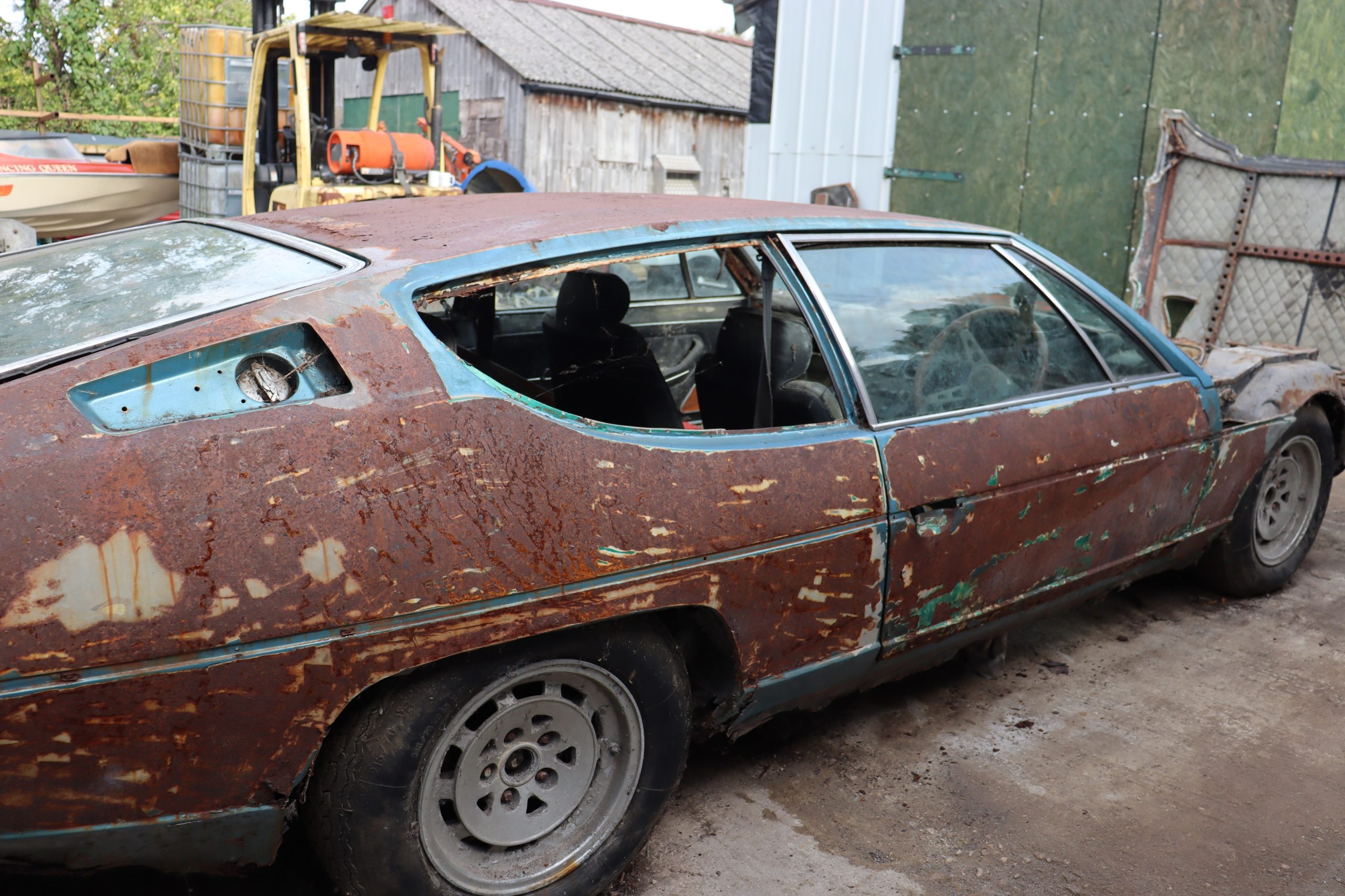
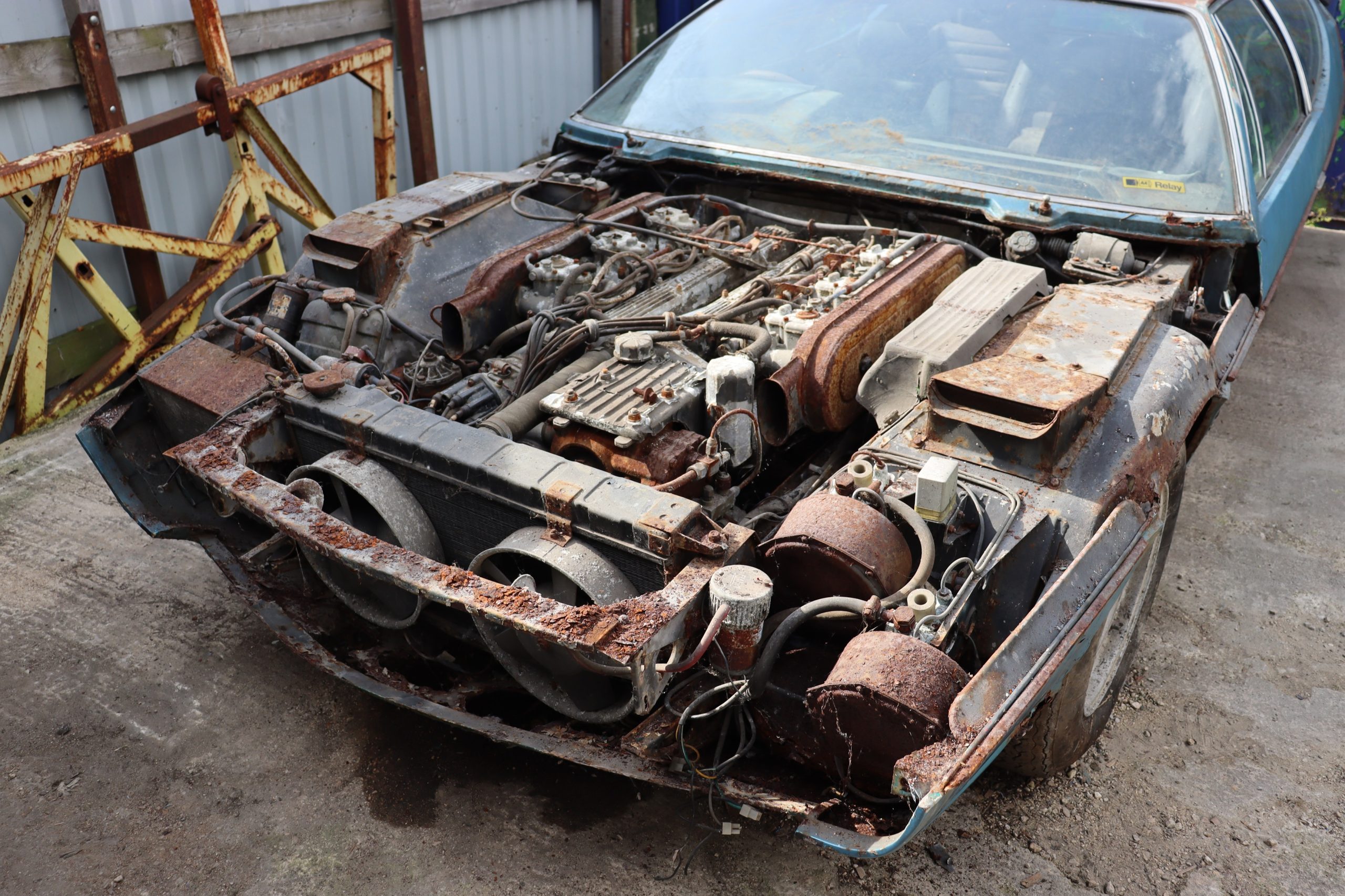
Some word argue, with plenty of justification, that an Espada has more charm in a single headlight than a Lamborghini Urus, which is why this H&H auction car is so appealing. As the auctioneers are keen to point out, this Series II is “offered for brave restoration or spares/repairs”, but the photos would suggest that the latter is more realistic.
The description points to the “extensive rust issues” but also states that the V12 turns over by hand. The sale also includes a cherished registration mark (728 JW) and some spare parts. You can consider the rat and mouse poo on the inside a bonus.
Once (if?) complete, this Espada II could fetch between £55,200 and £121,000, so there’s scope for a profit in the pre-auction estimate of £10,000 to £15,000. A rare, right-hand drive Espada for the price of a Dacia Sandero. Decisions, decisions…
Read more
Lamborghini Espada and Ferrari 308 GT4 | The Next Big Thing with Magnus Walker
11 groovy concept cars from the Swinging Sixties
6 Lamborghinis stampeding across the block in Paris









